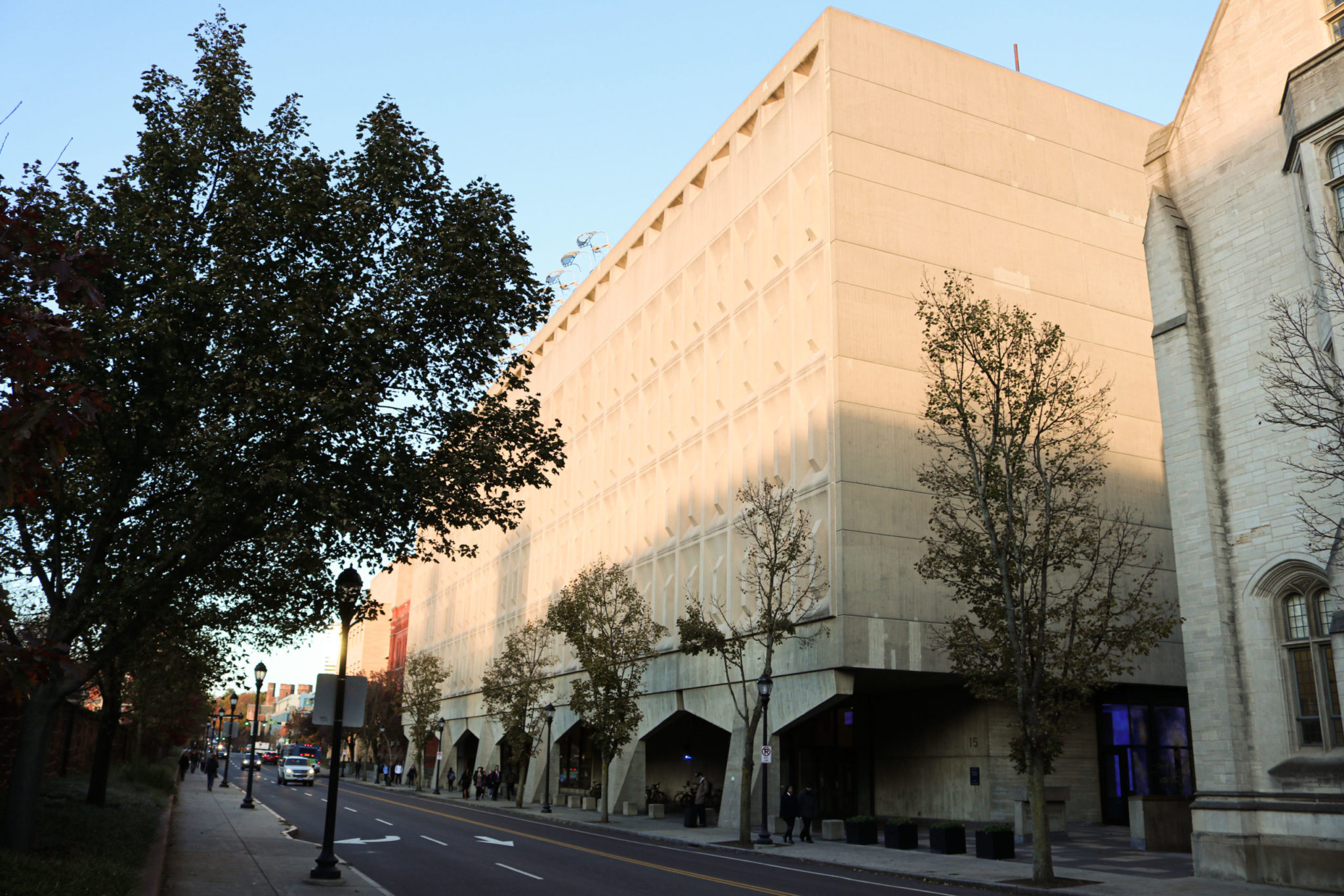
Kai Nip
After nearly a decade of separation, the Department of Applied Physics merged once again into the School of Engineering and Applied Sciences this July.
Although applied physics is closely related to SEAS, the department splintered from the school in 2010. Since the department broke off, it has collaborated frequently on many research projects with other disciplines within SEAS, but not being fully aligned with each other’s agendas proved costly to Yale’s scientific research initiatives, according to applied physics professor A. Douglas Stone. The change became necessary soon after realizing the consequences.
“If Yale is to remain a world leader in quantum info science and technology,” Stone said, “we need to engage all of the relevant resources in the engineering disciplines as well as in the basic research fields of physics and chemistry.”
Placing applied physics under SEAS’s purview increased the opportunity for interdisciplinary research and collaboration, according to several applied physics professors. Even when they were separate, applied physics expanded its collaborations with other corners of the University, including through the creation of the Yale Quantum Institute, or YQI, in early October of 2015.
As Deputy Director of the YQI, Stone worked to ensure the YQI was a top research priority at the University. It was during his tenure as the applied physics chair that the department left SEAS, based on pressure from SEAS, according to Stone.
“This process was not initiated or sought by the Dept. of Applied Physics; it was an ill-conceived plan promoted by the previous Dean of SEAS, Kyle Vanderlick,” Stone wrote in an email.
Vanderlick did not respond when asked to comment.
Stone added that the applied physics faculty were not enthusiastic about the move, as they felt their “natural placement was in SEAS,” not the Faculty of Arts and Sciences, where the department landed. Applied physics professors, Stone said, also felt that their discipline was more closely related to SEAS than is standard physics which was already housed in the FAS.
Despite the past disagreements between the two units, the faculty in SEAS and applied physics are delighted to reunite. Researchers from all SEAS departments, such as applied physics and the engineering disciplines, can work together to deliver meaningful results, Stone said.
Jay Humphrey, chair of the Department of Biomedical Engineering, wrote that “the move of applied physics into SEAS is great for SEAS, great for Yale.” Already, there are “many natural synergies between applied physics and other departments within SEAS” that will provide great benefits to Yale and beyond, he added.
Earlier this month, for instance, YQI researchers produced an error-correcting “cat” — referring to Schrodinger’s Cat — which fixes issues within quantum computing. Though largely attributed to applied physics faculty, the error-correcting cat could have huge implications on both the quantum industry and the scientific fields outside of Applied Physics.
And according to Dean of SEAS, Jeffrey Brock, many more projects are underway, and he and other SEAS leaders are optimistic about the program’s future.
“[Upcoming projects] will represent a sea of change in Yale’s infrastructure to support physical sciences and engineering,” Brock said. “Collaborations between physics, AP, and other SEAS and science faculty will be major synergistic drivers of its design.”
Brock is ecstatic to see where this development could take Yale and the rest of the scientific community.
“The signature blend of applied science and engineering in applied physics is a perfect synthesis of the core ideas that make up SEAS’ fundamental emphasis: deep methodological understanding that drives innovative design and transformational technology development,” Brock said. “We are thrilled to have Applied Physics as partners in this new strategic phase in the evolution of SEAS.”
SEAS researchers will assist in upcoming projects with the new Co-design Center for Quantum Advantage, led by the Brookhaven National Laboratory.
Kyler Worthington | kyler.worthington@yale.edu







